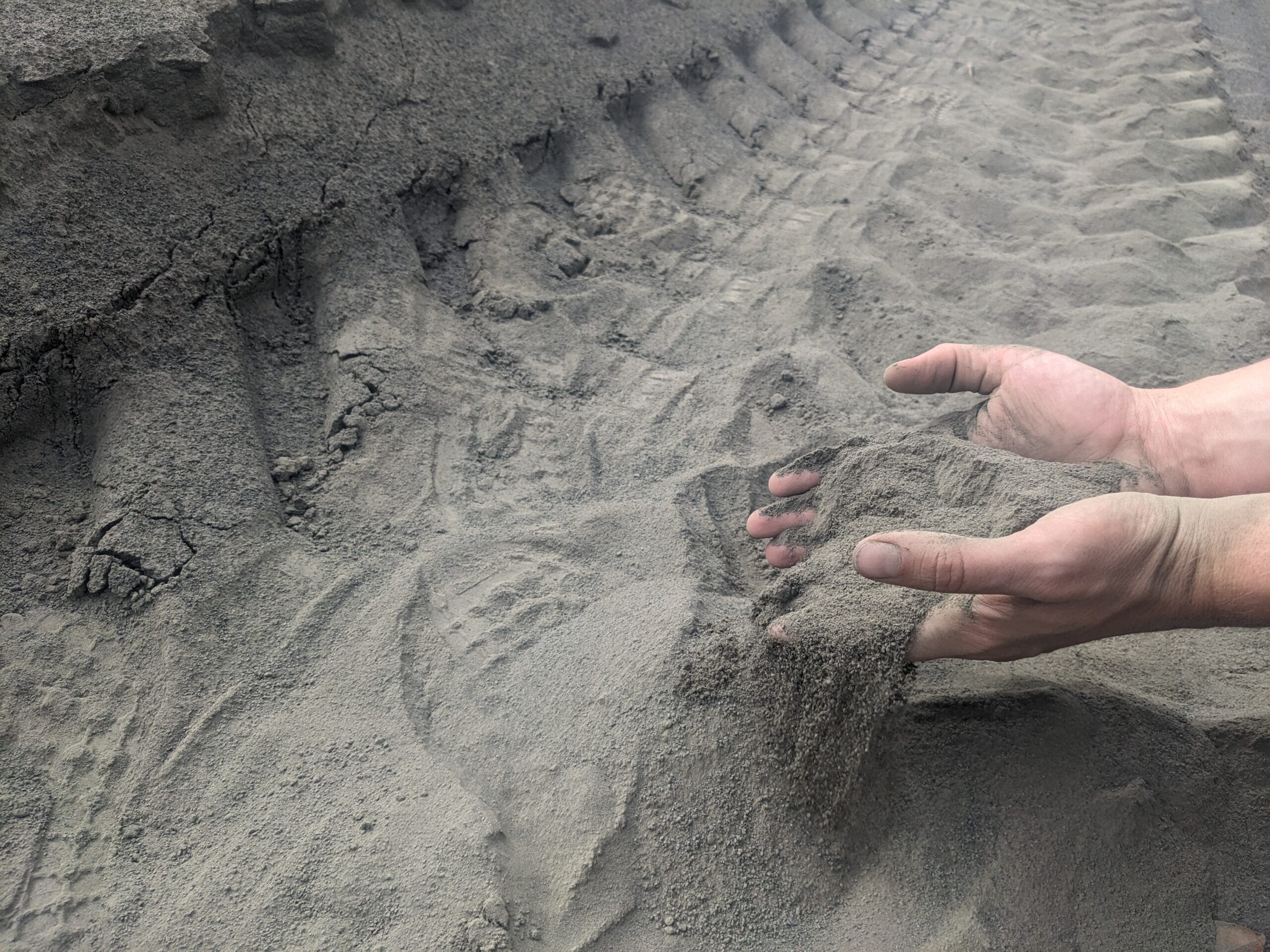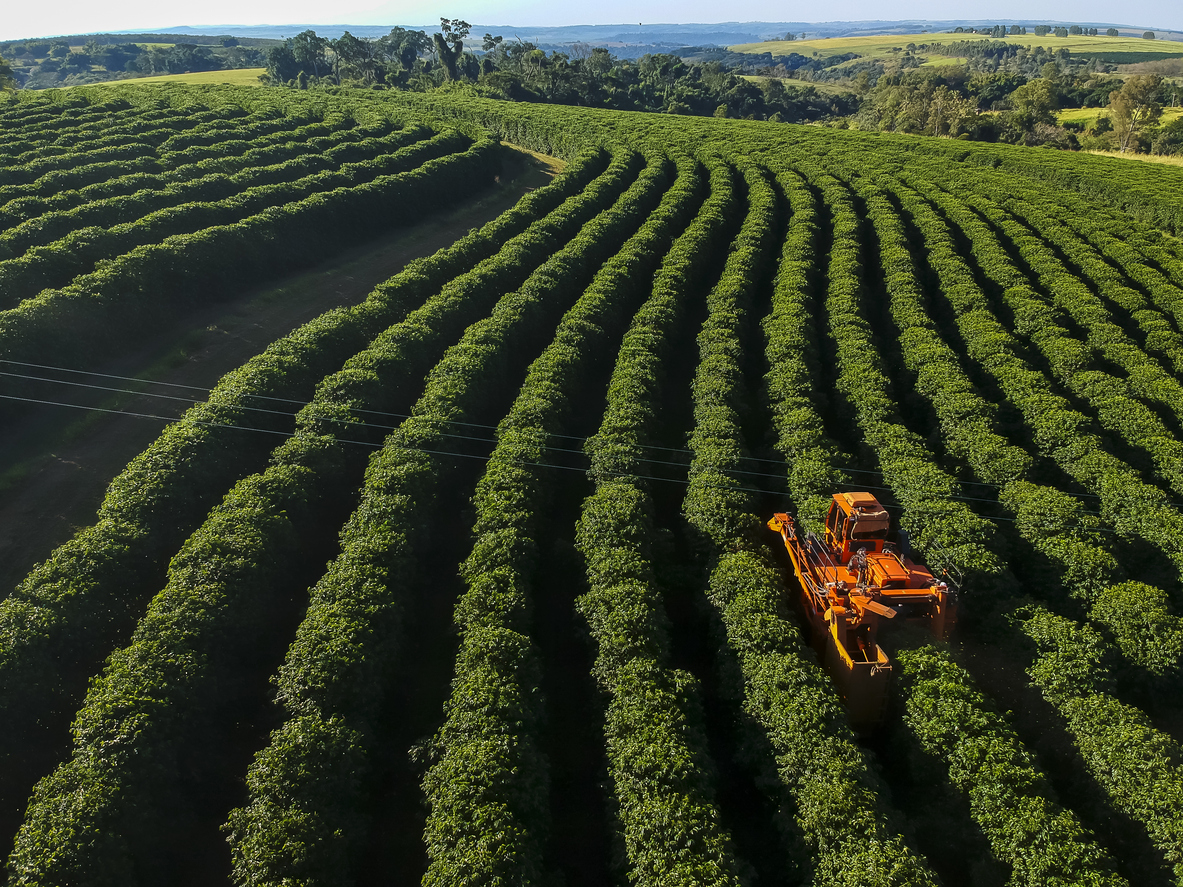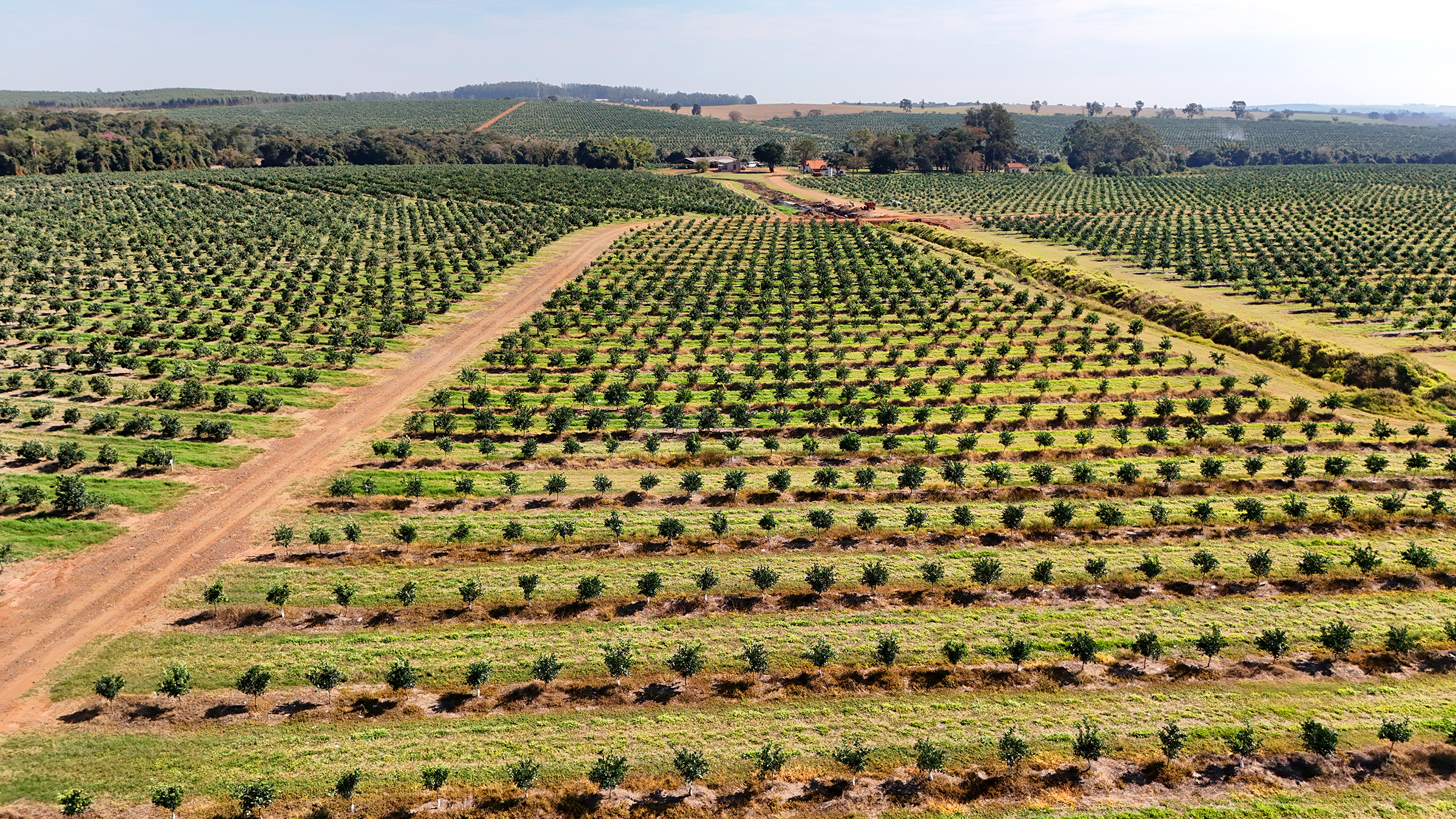Agronomic benefits of basalt rock powder on citrus farms: Insights from Project Aracari
Introduction InPlanet achieved the next historic milestone in the Carbon Dioxide Removal (CDR) landscape with its second issuance (and only fourth ever globally) of certified Enhanced Rock Weathering (ERW) carbon credits from Project Aracari. A total of 319.97 tCDR were verified for this project via the deployment of basalt on citrus orchards. The carbon credits were the 2nd issued under the Isometric enhanced weathering protocol, following InPlanet’s issuance of the world’s first ERW carbon credits at the end of last year. They were independently verified by 350 solutions. From this project, 200 tonnes have been delivered to our partner, Klimate. … Read more









